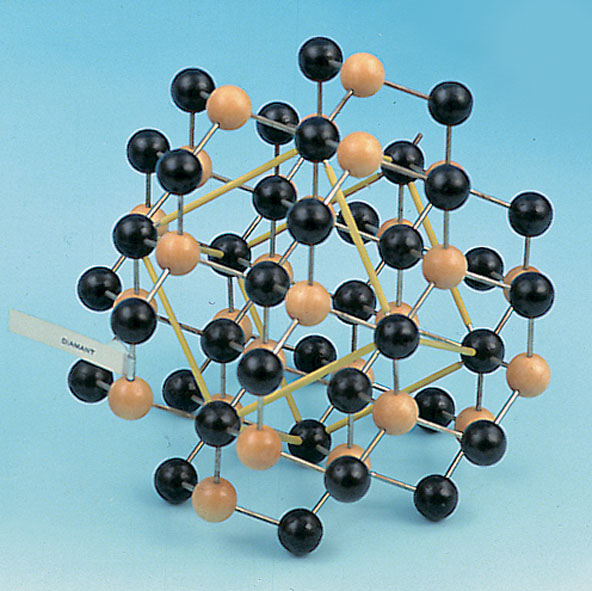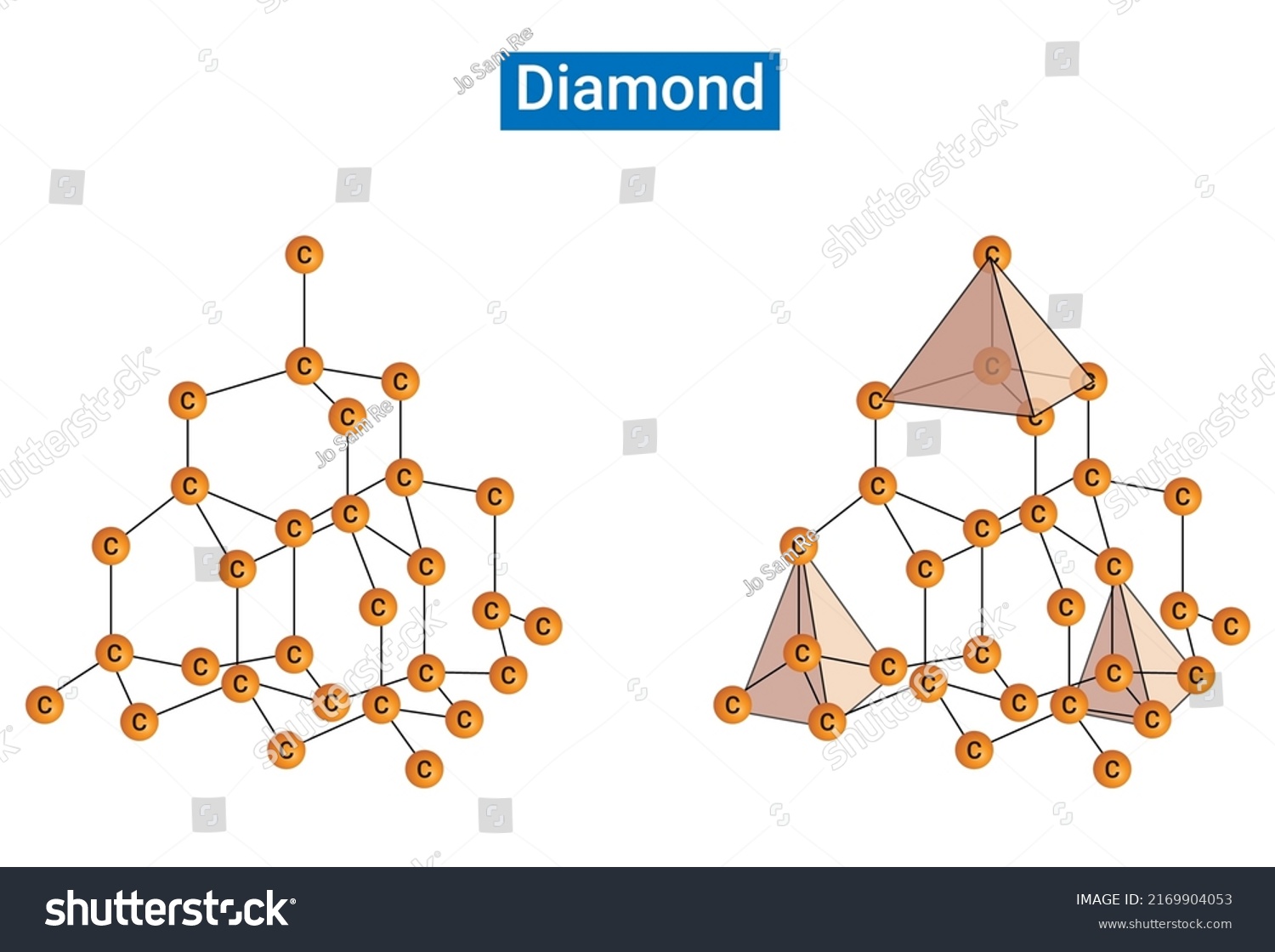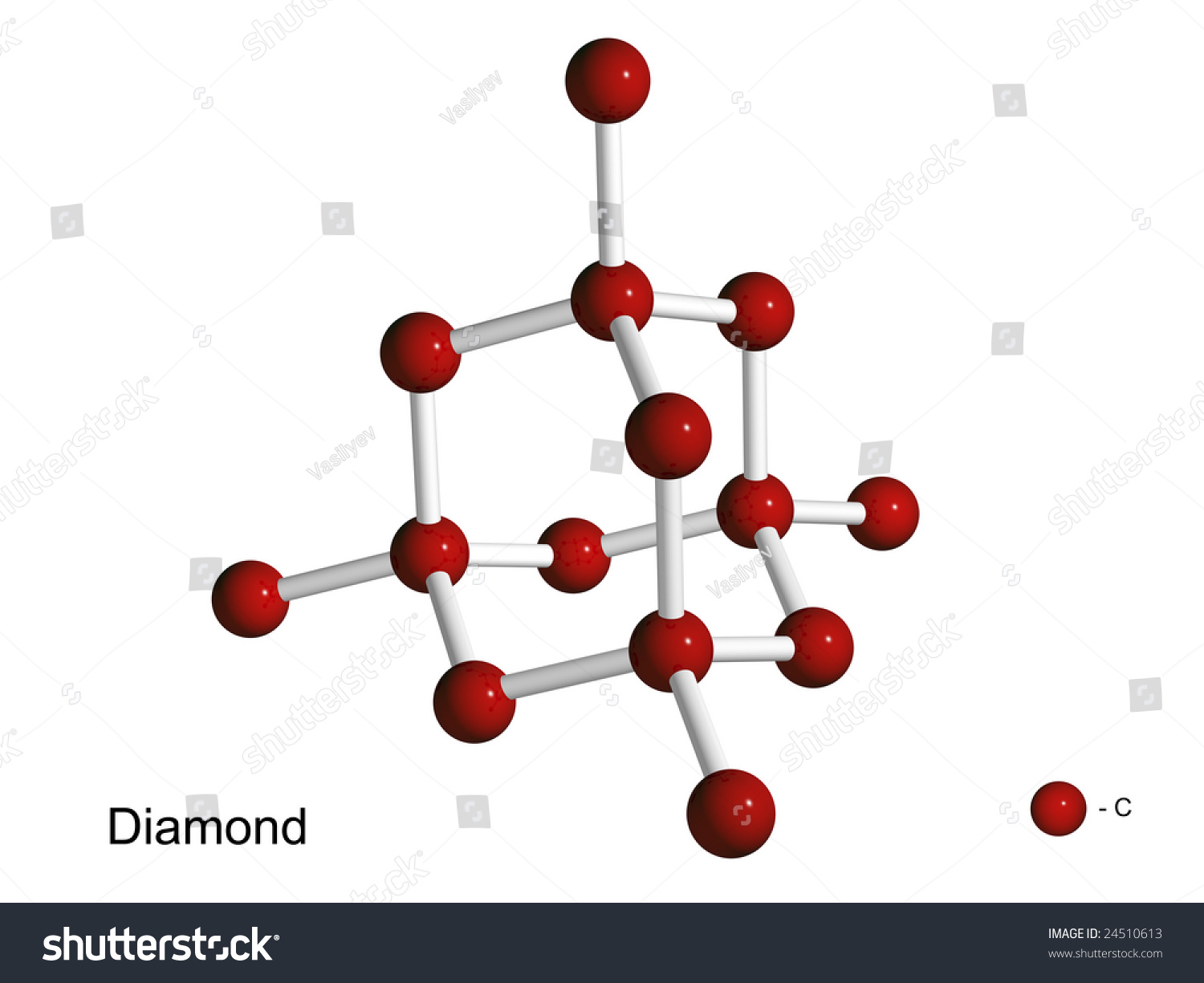
FIG. S2. (a) Zincblende lattice diamond lattice with ±m... Download Scientific Diagram
Lattice constant of isotope diamond have been systematically studied by two research teams. 31 - 34) The lattice constants of diamond crystals consisting of an isotopic mixture of 13 Cx 12 C(1 − x) were measured as a function of the isotopic composition by single-crystal diffractometers using synchrotron X-ray radiation. The isotope ratio of the synthesized diamond samples was determined.

Diamond Lattice Image & Photo (Free Trial) Bigstock
GCSE OCR Gateway Properties of materials - OCR Gateway Diamond and graphite Carbon atoms can form four covalent bonds. This lets it form many different organic substances, and to exist as.

Bulk Crystal structure model diamond lattice (diameter 30mm) free shippingin Educational
C (diamond) is the prototype for DC. The Diamond Cubic (DC) unit cell can be imagined as a cube with an atom on each corner, each face, and the (¼, ¼, ¼), (¾, ¾, ¼), (¼, ¼, ¾), and (¼, ¾, ¾) positions. DC has 8 atoms per unit cell, lattice constant a = 8R/√3, Coordination Number CN = 4, and Atomic Packing Factor APF = 34%. Outline

Crystal lattice of diamond Crystal lattice models Structure of crystals Solidstate
An alternative approach, used with continued success to unlock the use of diamond for semiconductor applications, has been that of 'surface transfer doping' - a process by which intrinsically insulating diamond surfaces can be made semiconducting without the need for traditional impurity doping.

Structure Diamond Crystal Lattice Diamond Stock Vector (Royalty Free) 2169904053 Shutterstock
The lattice constant a= 3:57 A (at room temperature) is the length of the side of the cube in the FCC pattern. The elementary lattice translations are e 1 = a 2 (0;1;1); e 2 = a 2 (1;0;1); e 3 = a 2 (1;1;0): (6) The unit cell contains two atoms. 2.3.4 Diamond Brillouin zone The dual lattice of kpoints is de ned as lattice of kvectors which give.

Volumetric Crystal lattice of diamond. The position of atoms in a crystal. Vector illustration
Although often called the diamond lattice, this structure is not a lattice in the technical sense of this word used in mathematics. Crystallographic structure Visualisation of a diamond cubic unit cell: 1. Components of a unit cell, 2. One unit cell, 3. A lattice of 3 × 3 × 3 unit cells

Solved What is the lattice and basis for the diamond
Diamond is a crystal structure with a face centered cubic Bravais lattice and two atoms in the basis. Carbon, silicon germanium, and α-tin form this crystal structure. Crystal structure: Diamond Bravais lattice: face centered cubic Space group: 227 (F d -3 m), Strukturbericht: A4, Pearson symbol: cF8

F.c.c lattice of diamond (drawing on paper) YouTube
Diamond, displaying a completely sp 3 hybridization, is a typical atomic crystal. The lattice constant is 3.57 Å, and the C-C bond is 1.54 Å. The crystal structure is shown in Figure 1. Each unit cell contains eight carbon atoms, and the C-C bond is strong covalence bond.

Diamond Crystal Structure, Carbon Lattice Stock Photo Alamy
Diamond is the allotrope of carbon in which the carbon atoms are arranged in the specific type of cubic lattice called diamond cubic.It is a crystal that is transparent to opaque and which is generally isotropic (no or very weak birefringence).Diamond is the hardest naturally occurring material known. Yet, due to important structural brittleness, bulk diamond's toughness is only fair to good.

The relation between lattice constant a and atomic radius r for Diamond Cubic Crystal Structure
The crystal structure of a diamond is a face-centered cubic or FCC lattice. Each carbon atom joins four other carbon atoms in regular tetrahedrons (triangular prisms). Based on the cubic form and its highly symmetrical arrangement of atoms, diamond crystals can develop into several different shapes, known as 'crystal habits'.

Isolated 3d Model Of A Crystal Lattice Of Diamond On A White Background Stock Photo 24510613
Lattice constants of germanium silicon, and diamond Article Full-text available Aug 1975 Tommy Hom W. Kiszenik B. Post The lattice constants of a diamond platelet and of large single,.

Band structure of diamond lattice figure
The cubic lattice is the most symmetrical of the systems. All the angles are equal to 90°, and all the sides are of the same length (a = b = c).Only the length of one of the sides (a) is required to describe this system completely.In addition to simple cubic, the cubic lattice also includes body-centered cubic and face-centered cubic (Figure \(\PageIndex{1}\).

Diamond Lattice
Small numbers of defects or impurities (about one per million of lattice atoms) color diamond blue (boron), yellow (nitrogen), brown (defects), green (radiation exposure), purple, pink, orange, or red. Diamond also has a very high refractive index and a relatively high optical dispersion .

1. a) The crystal structure of diamond and zinc blende (ZnS). b) The... Download Scientific
Keywords: diamond crystal, nanostructures, high pressure high temperature (HPHT), high resolutions electron microscopy. Suggested Citation: Suggested Citation Kulnitskiy, Boris and Blank, Vladimir and Kuznetsov, Mikhail and Nosukhin, Sergei and Terentiev, Sergey, The Effect of Boron on the Structure and Lattice Parameters of Diamond Single Crystals.

14K Diamond Lattice Ring Rings RRING34144 The RealReal
Optimized for Lattice Devices - Lattice Diamond offers an optimized and tailored design and verification environment for Lattice FPGAs featuring extensive constraints, advanced optimization, accurate analysis, extensive verification, and fast iterations. Features Complete GUI based FPGA design and verification environment.

Cutout of a diamond lattice with nearestneighbor bonds (J 1 ) drawn in... Download Scientific
The crystal structure of diamond is equivalent to a face-centred cubic (FCC) lattice, with a basis of two identical carbon atoms: one at (0, 0, 0) and the other at (1/4, 1/4, 1/4), where the coordinates are given as fractions along the cube sides. This is the same as two interpenetrating FCC lattices, offset from one another along a body.